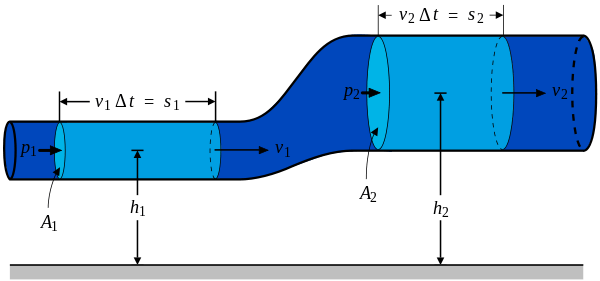Strain energy release rate
The strain energy release rate (or simply energy release rate) is the energy dissipated during fracture per unit of newly created fracture surface area. This quantity is central to fracture mechanics because the energy that must be supplied to a crack tip for it to grow must be balanced by the amount of energy dissipated due to the formation of new surfaces and other dissipative processes such as plasticity.
For the purposes of calculation, the energy release rate is defined as
where is the potential energy available for crack growth, is the work associated with any external forces acting, and is the crack area (crack length for two-dimensional problems). The units of are J/m2.
The energy release rate failure criterion states that a crack will grow when the available energy release rate is greater than or equal to a critical value
The quantity is the fracture energy and is considered to be a material property which is independent of the applied loads and the geometry of the body.
Relation to fracture toughness
For two-dimensional problems (plane stress, plane strain, antiplane shear) involving cracks that move in a straight path, the mode I stress intensity factor () is related to the energy release rate () by
where is the Young's modulus and for plane stress and for plane strain.
Therefore, the energy release rate failure criterion may also be expressed as
where is the mode I fracture toughness.
See also
| Continuum mechanics | ||||
|---|---|---|---|---|
 | ||||
|
Laws
|
||||
- Configurational force
- Crack driving force
- J-integral
- Tearing energy
References
- Rivlin, R. S., & Thomas, A. G. (1953). Rupture of rubber. I. Characteristic energy for tearing. Journal of Polymer Science, 10(3), 291-318.
- Chapter 10 – Strength of Elastomers, A.N. Gent, W.V. Mars, In: James E. Mark, Burak Erman and Mike Roland, Editor(s), The Science and Technology of Rubber (Fourth Edition), Academic Press, Boston, 2013, pp. 473–516, ISBN 9780123945846, 10.1016/B978-0-12-394584-6.00010-8.